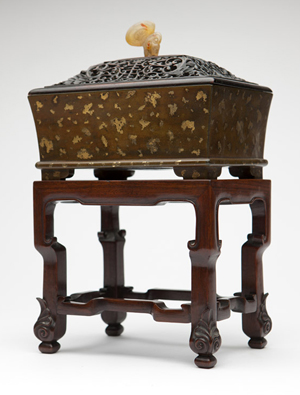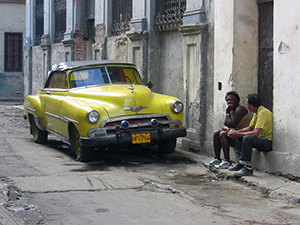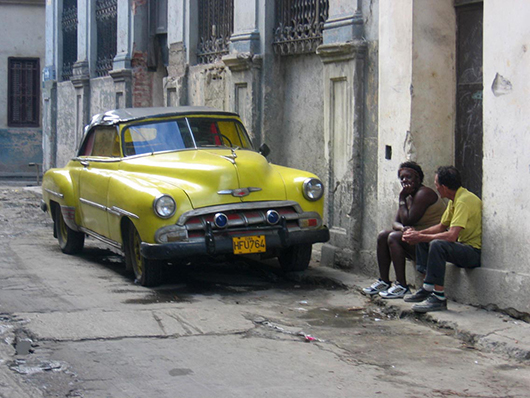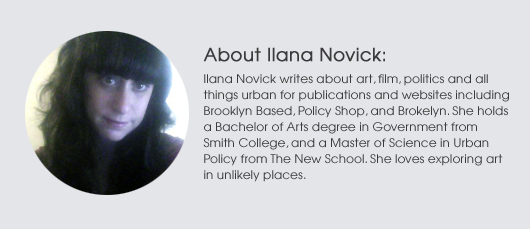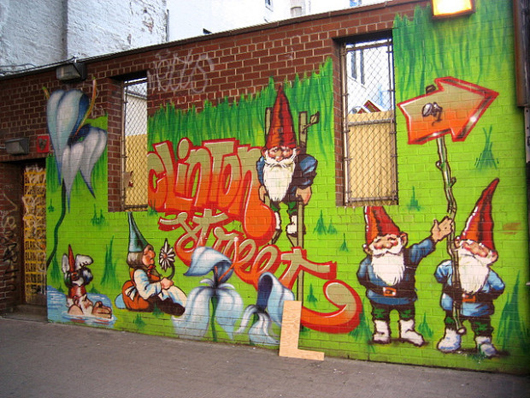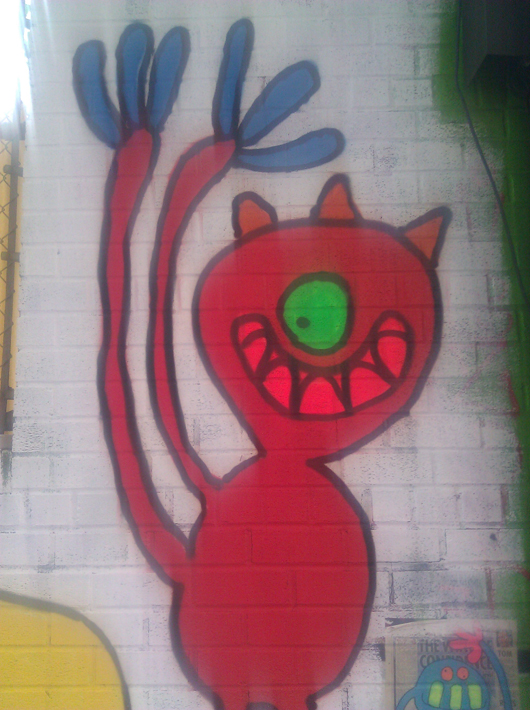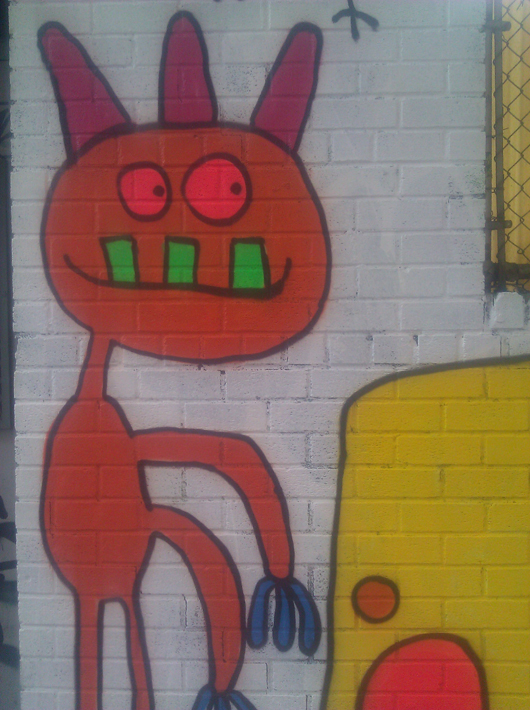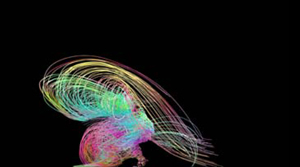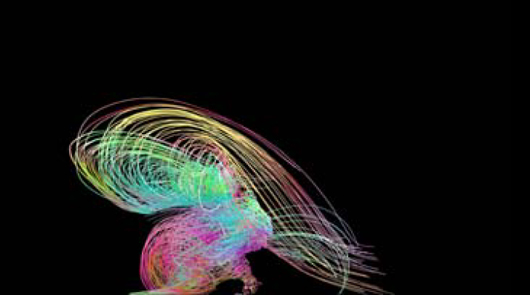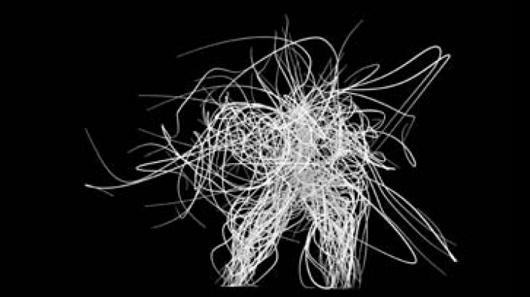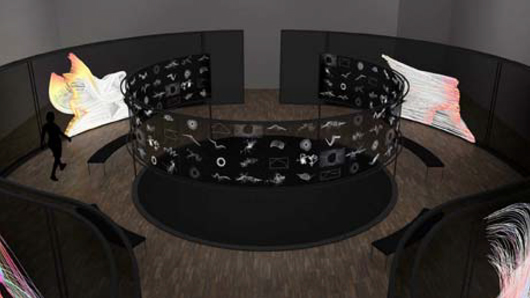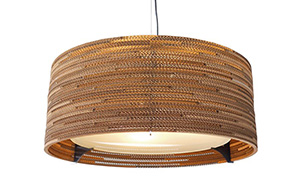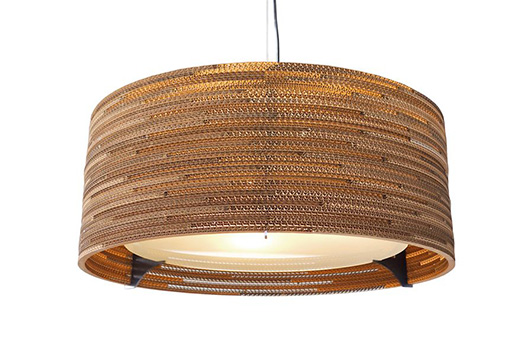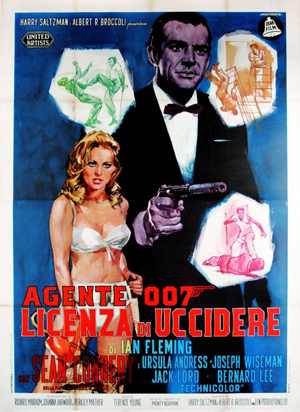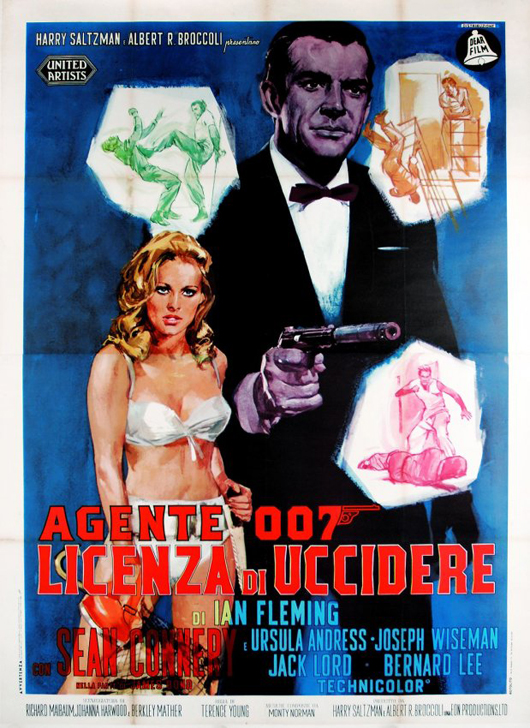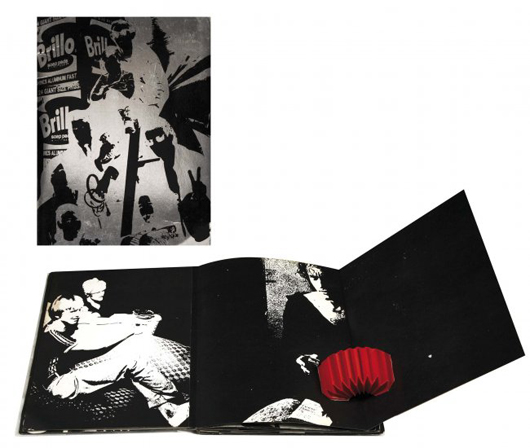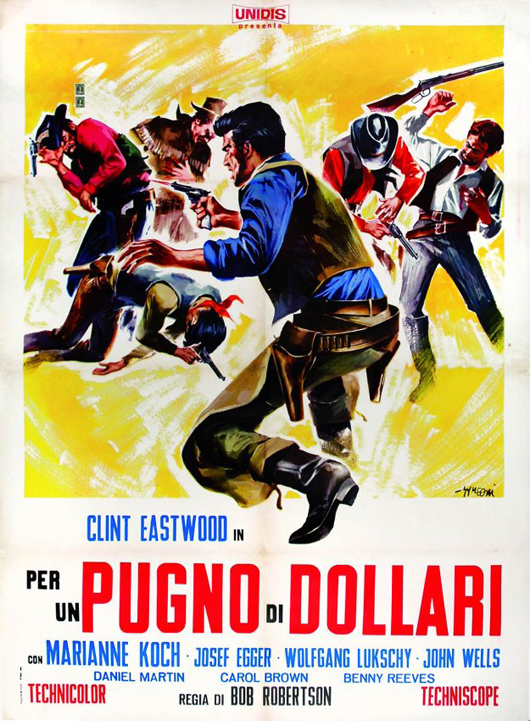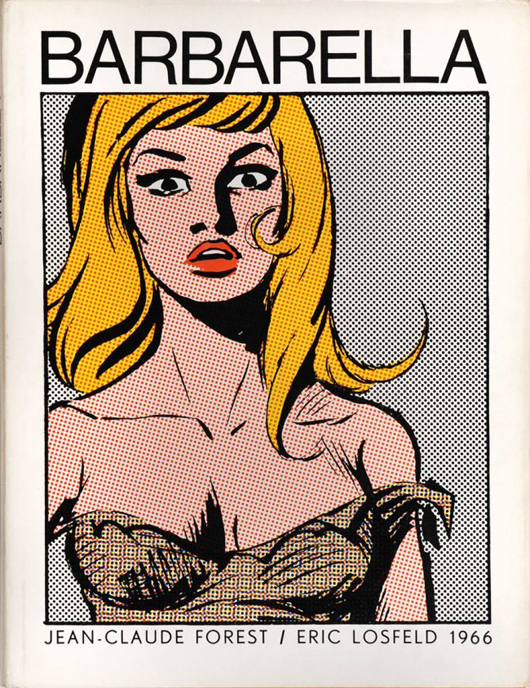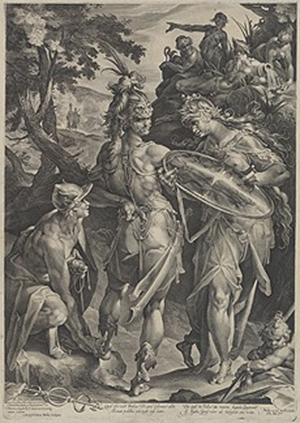
WASHINGTON – A spectacular selection of northern mannerist prints from the Kainen Collection will be showcased at the National Gallery of Art this fall. “Northern Mannerist Prints from the Kainen Collection” will be on view in the West Building’s Ground Floor galleries from Sept. 1 to Jan 5.
In 2012, the National Gallery received 781 works as the bequest of Ruth Cole Kainen, including this school as one of its strengths. The exhibition includes every major artist of this extraordinary style and features many of their masterpieces, including Hendrick Goltzius’ early Mars and Venus, Jacob Matham’s monumental Table of Cebes, Jan Muller’s heroic plates of Bellona and the Apotheosis of the Arts, and Aegidius Sadeler’s portrait of Bartholomaeus Spranger with his deceased wife Christina in both a rare, unfinished state and an impression of the completed print.
“We are honored and delighted to present the first of several exhibitions dedicated to Ruth Cole Kainen’s generous bequest of hundreds of works,” said Earl A. Powell III, director, National Gallery of Art. “Jacob and Ruth Cole Kainen were among the gallery’s most generous benefactors, and we celebrate their achievements with this series of exhibitions.”
Organized by the National Gallery of Art, this exhibition concerns the incredibly sophisticated and virtuoso style of printmaking that flourished in the northern Netherlands during the last two decades of the 16th century and became an international phenomenon that lingered into the next century. Of nearly 100 northern mannerist prints bequeathed by Ruth Cole Kainen last year, the exhibition presents some 50, providing so many fine examples that this celebration of the bequest is equally an excellent introduction to the style.
Hendrick Goltzius, the pioneer of the style, defined this language in works of his own design and in translations of the rarified, often erotically charged subjects of Bartholomaeus Spranger, who served as official painter to Holy Roman Emperor Rudolf II at Prague. Trained by Goltzius, a circle of engravers featuring Jacob Matham, Jan Saenredam and Jan Muller developed variations on this style for interpreting their master’s designs, those of other leading Dutch artists, and many more inventions of Spranger. Inspired by this school, Flemish master Aegidius Sadeler went to Prague and collaborated directly with court artists to create some of the most extraordinary works of this style. Together the works of these printmakers constitute the last great expression of mannerism. In turn they expanded both the formal vocabulary of European art and the technical possibilities of the medium of engraving.
Augmenting superb impressions of several of Goltzius’ own engravings— rivaling the excellence of Albrecht Dürer—are two complete sets of Goltzius’ most elegant designs rendered by Saenredam. Also featured are Spranger’s most significant inventions, alternating between sensuous mythologies and complex allegories. As a counterpart to these works of the Prague school is an exceptional group by the principal artists in the northern Netherlands, from Goltzius’ audacious set of four transgressors from ancient mythology, to Saenredam’s exquisitely refined plates after Abraham Bloemaert’s designs.
This exhibition is curated by Jonathan Bober, curator and head of old master prints, National Gallery of Art, Washington.
Jacob and Ruth Cole Kainen were among the most important friends and benefactors of the Gallery. From 1975 until Ruth Cole Kainen’s death in 2009 they gave the Gallery a total of 1,289 European and American works, principally prints and drawings. To celebrate Ruth Cole Kainen’s 2012 bequest, and more broadly the Kainens’ achievement as collectors and benefactors, the Gallery will present a series of three exhibitions dedicated to areas of their greatest interest: northern mannerism; German prints and drawings, especially by the expressionists; and American modernism through abstract expressionism.
Ruth Cole Kainen (1922-2009), who began collecting art in the early 1960s, married Jacob Kainen, a painter, draftsman, and printmaker. She served on the National Gallery of Art Trustees’ Council from November 1989 to December 1995 and again from March 2008 until her death in September 2009.
Jacob Kainen (1909-2001), who had numerous gallery and museum shows to his credit, was also an internationally known curator and scholar. He helped to build and manage the print collections at the Smithsonian’s National Museum of American History and the Smithsonian American Art Museum, arranged numerous exhibitions, and published research on subjects as varied as 16th-century mannerism, 18th-century Venetian etchings and woodcuts, and German expressionism.
Ruth Cole Kainen’s bequest of 781 European and American works of art covers five centuries, ranging in date from 1531 through the 1980s. The 10 paintings, 39 watercolors and drawings, and 732 etchings, engravings, woodcuts, lithographs and illustrated books represent a comprehensive range of schools, styles and subjects, reflecting her delight in many different types of art.


